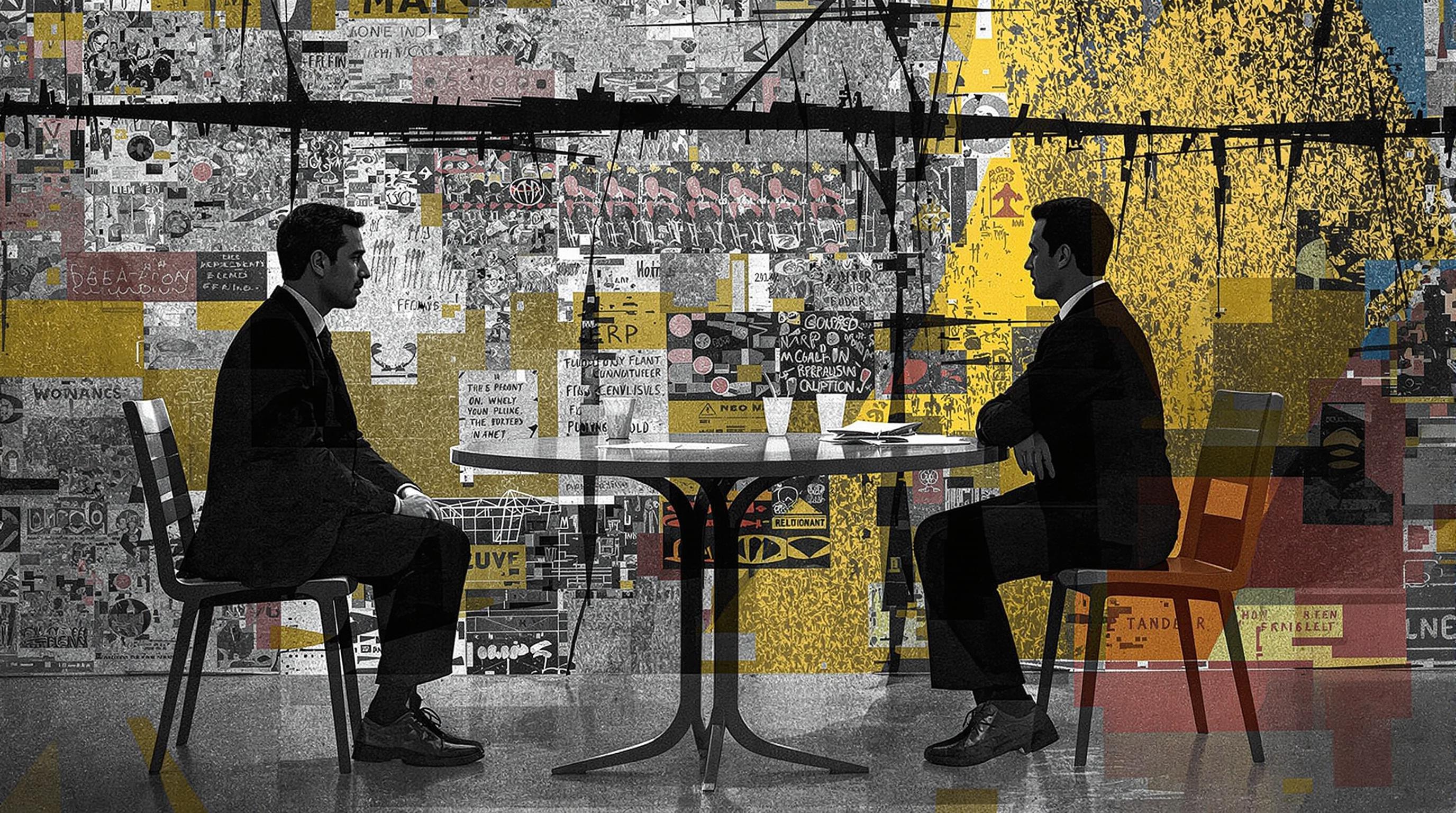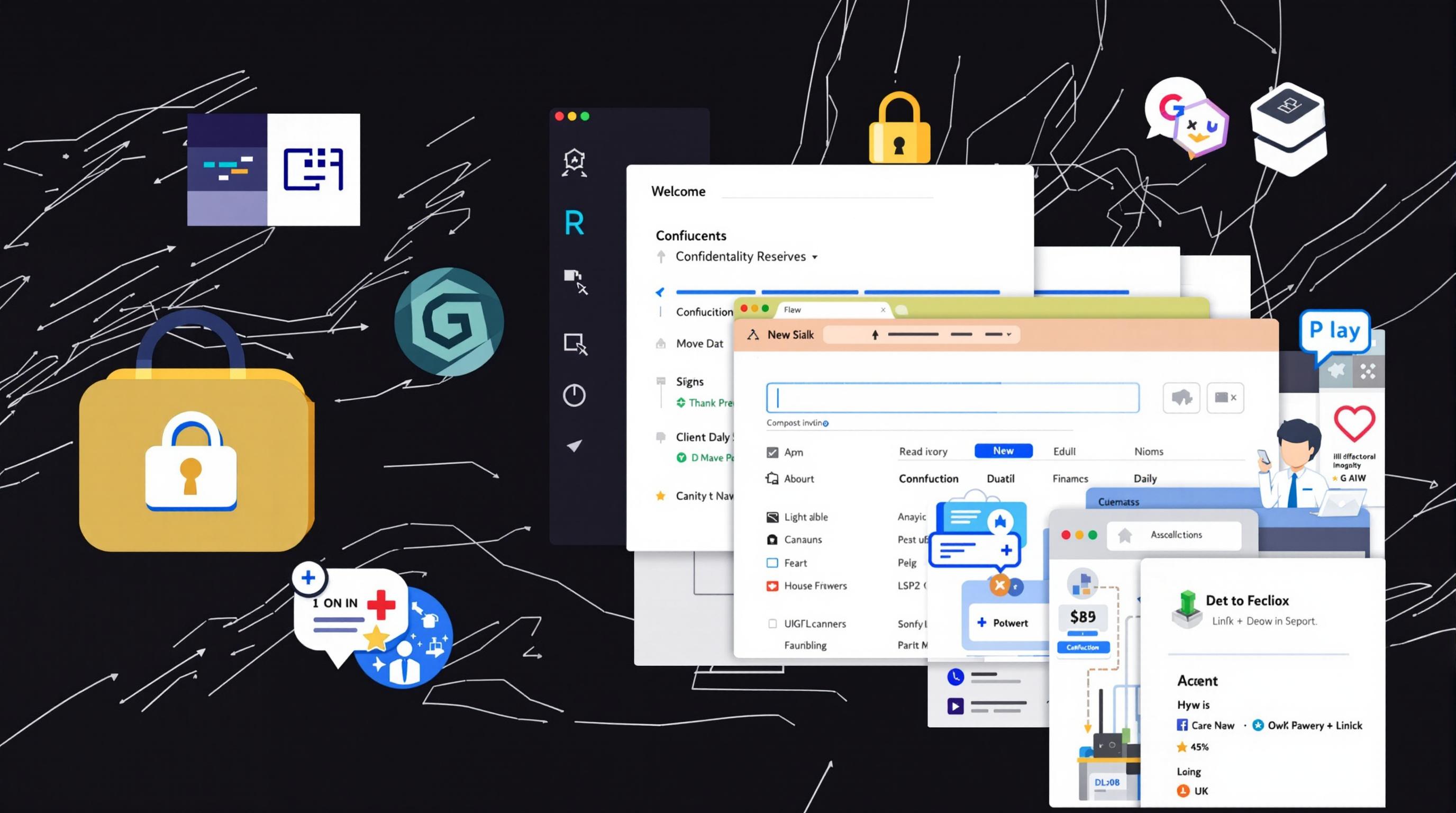Related Articles
- 7 Best Emerging GDPR Tools to Future-Proof Your Data Strategy Beyond Standard Compliance
- 7 Cutting-Edge Franchise Management Softwares Released Since 2019 Ranked for Legal Compliance and Efficiency
- How Forgotten Folklore Influences Modern Privacy Norms and Unexpected Data Protection Practices
- When Silence Speaks: The Unexpected Impact of Cultural Nuances on Confidential Agreement Effectiveness
- Unveiling Unseen Threads: How Franchising Intersects with Environmental Compliance and Green Regulations
- Unraveling the Impact of Cultural Misalignment in Cross-Border Collaborations on Partnership Sustainability
When Silence Speaks: The Unexpected Impact of Cultural Nuances on Confidential Agreement Effectiveness
When Silence Speaks: The Unexpected Impact of Cultural Nuances on Confidential Agreement Effectiveness
Confidential agreements are not merely legal documents; they are cultural touchstones reflecting unspoken values and communication styles. Understanding these silent nuances can dramatically affect how these agreements are perceived and enforced across the globe.
The Subtle Power of Silence: Communication Beyond Words
Imagine a negotiation room where two parties from very different cultural backgrounds are signing a confidentiality agreement. To one, a pause is an opportunity for reflection; to the other, it might signal hesitation or even disagreement. This discrepancy underlines how silence — often overlooked in legal contexts — plays a significant role in the effectiveness of confidential agreements globally.
Why Cultural Context Matters in Confidential Agreements
Confidentiality isn't just about what is written; it’s about what is understood implicitly. Different cultures have varying thresholds for what needs to be explicitly stated versus what can be inferred. According to a 2019 survey by the International Bar Association, 65% of legal professionals acknowledge that misunderstandings in cross-border agreements often stem from cultural communication differences, not legal loopholes.
Case Study: Japan vs. United States
In Japan, silence can convey agreement and respect, leading to fewer explicit objections in contracts. Conversely, American negotiators expect direct verbal approvals and questioning. This difference often creates headaches in confidentiality clauses, where Japanese parties might assume understanding while American counterparts seek explicit assurances.
Storytelling Mode: A Tale of Two Tech Startups
Kate, a 35-year-old tech entrepreneur from the U.K., met Akira, a Japanese innovator, to explore a joint project. They signed a confidentiality agreement drafted primarily in English. Kate assumed all clauses were fully comprehended, but Akira’s culture dictated that unresolved doubts were not voiced openly. Months later, a data leak occurred. Akira was surprised—he thought the agreement’s terms were understood, while Kate blamed him for breach of contract. The silence during negotiations masked serious cultural miscommunication.
The Role of Nonverbal Cues and Context
In many East Asian, Middle Eastern, and African cultures, nonverbal communication such as nodding, facial expressions, and silence carries profound meaning. Western legal frameworks, focused on explicit textual clarity, might overlook these important signals.
In a 2020 cross-cultural study published by the Journal of International Legal Studies, researchers found that 78% of legal disputes involving confidential agreements between multinational corporations cited differing interpretations of nonverbal communication as a key conflict cause.
Legal Formality vs. Cultural Formality
Some cultures emphasize hierarchical respect and indirect communication, impacting how confidentiality terms are negotiated and accepted. For example, in high-context cultures — where much remains unspoken — the spirit of an agreement may supersede the letter, whereas low-context cultures rigidly depend on written terms.
Persuasive Insight: Bridging the Gap
To unlock confidentiality agreement effectiveness, parties must go beyond legalese to embrace cultural intelligence. Incorporating cultural mediators, localized contract drafts, and explicit dialogues about unspoken expectations can drastically reduce misunderstandings. As Deloitte’s 2022 Global Risk Report suggests, organizations that invest in cultural training for contract negotiations reduce breaches by up to 40%.
Humorous Note: When Silence Isn't Golden
Imagine a French lawyer poking fun at negotiations with their American counterparts. "In France, silence gives weight to words; in America, silence demands you fill it with your best argument." This difference is not just a quip but a real challenge — because when a negotiator expects silence to speak volumes, the other side might just be checking their phone!
How to Tailor Confidential Agreements Culturally
First, research your counterpart's cultural communication style. Are they direct or indirect communicators? Do they have a high tolerance for ambiguity? Second, seek feedback during negotiations explicitly, especially around silent pauses and ambiguous clauses. Third, use culturally aware interpreters or legal advisors familiar with both cultures.
According to a McKinsey 2021 report, companies that applied culturally adapted contracts during international partnerships saw a 30% increase in long-term adherence and trust compared to those using standard templates.
Age and Communication: Generational Nuances
Interestingly, within the same culture, age influences communication preferences. Younger professionals (16-30) tend to prefer digital and direct communication; older generations (50+) might expect face-to-face discussion and a more respectful silence. Recognizing these generational subtleties is crucial when drafting and enforcing confidentiality agreements in multi-generational teams.
Real-World Example: Multinational Pharma Agreement
In a recent deal involving pharmaceutical companies across Germany, Brazil, and India, explicit conversations about what silence meant prevented conflict. The Brazilian team initially remained quiet during key points, which the Germans misinterpreted as agreement. A cultural briefing helped clarify expectations, leading to a smoothly executed agreement.
Final Thoughts: Listening to the Silence
Confidential agreements are more than words on paper—they are the product of cultural dialogue. Ignoring silence and the nuances it carries can derail the most carefully drafted terms. As global business continues to surge, embracing cultural awareness in confidentiality agreements isn't just advisable; it's indispensable.
So next time silence fills the negotiation room, don’t rush to break it – listen carefully. It might be telling you more than any contract clause ever could.



